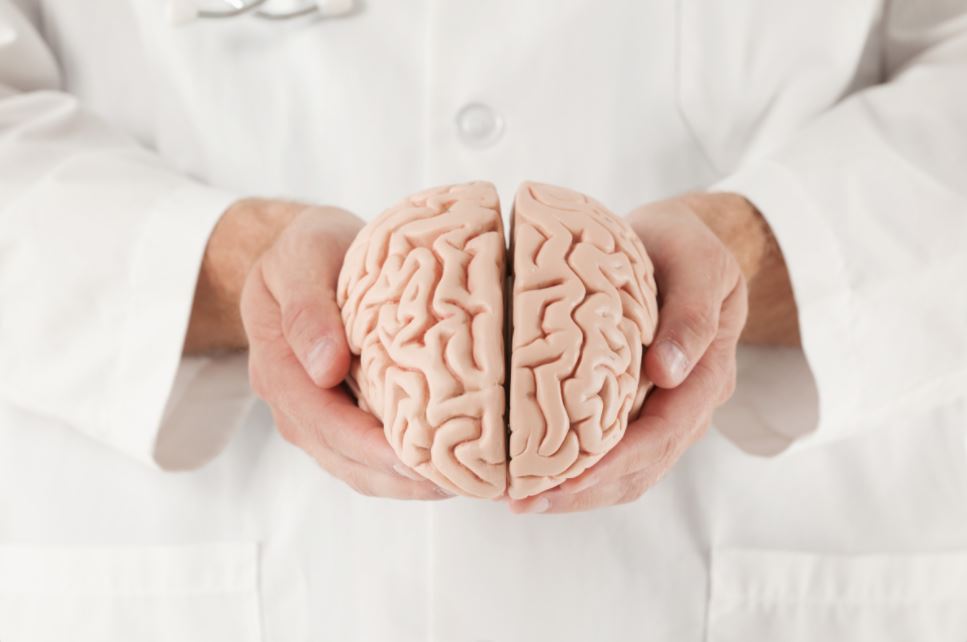If a loved one has had a brain injury, you may have heard the term ‘intracranial pressure’. It is not uncommon after a brain injury or medical condition caused by increased pressure in the skull.
Intracranial pressure can start as a headache but is a condition that can be fatal. Other serious complications include stroke, seizures, and neurological damage. However, it is treatable, and patients can have successful outcomes.
Post-acute rehabilitation facilities are medical treatment centers aimed at healing and returning patients to the community. Before participation in therapies, patients must wait until intracranial pressure is normalized. Education on the condition is essential in order to understand how your loved one's treatment plan is developed.
Many factors contribute to the cause of intracranial pressure. Often in patients who seek care at our neuro rehabilitation center, the root cause is a stroke.
Other causes of intracranial pressure include:
Often patients are monitored and treated for intracranial pressure in the ICU. There are three tools that medical units use to measure intracranial pressure in patients.
Healthcare providers can effectively manage intracranial pressure in many ICU settings. The goal is to reduce the cerebrospinal fluid (CSF) in the space around the skull. Providers often use medications such as Diamox, which can slowly reduce the amount of CSF produced, reducing pressure on the brain.
The positioning of the patient is used to encourage quick blood return to the heart. It can be helpful to reduce pressure in the skull gradually.
Steroids and fluids are also used to reduce swelling and help fluid return into the bloodstream where it can be eliminated. Sometimes surgical means are necessary to insert a shunt, which can help drain the fluid or remove underlying contributing factors such as a tumor. Crainectomies can also be an option for severe intracranial pressure where a part of the skull is removed so the brain can swell under careful monitoring.
ICUs and emergency departments are equipped to manage intracranial pressure. Once the condition improves and the patient is stable, they will often need further assistance from brain injury residential facilities to recover.

NeuLife Rehabilitation is a rehabilitation center specializing in rehabilitating patients with a wide range of brain injuries. Our brain injury residential facilities employ professionals who are the best in their fields and specialized in neurological injuries.
There is a reason we are leaders in post-acute rehabilitation as we customize our programs to the patient's individual needs. Call us at 800 626 3876 to discuss recovery options or make a referral. You can also schedule a tour of our facility.
The material contained on this site is for informational purposes only and DOES NOT CONSTITUTE THE PROVIDING OF MEDICAL ADVICE, and is not intended to be a substitute for independent professional medical judgment, advice, diagnosis, or treatment. Always seek the advice of your physician or other qualified healthcare providers with any questions or concerns you may have regarding your health.

We know that choosing the next step in your recovery from a catastrophic illness or injury is complex. Together, we can help you take the next step.
Contact us with any questions today.